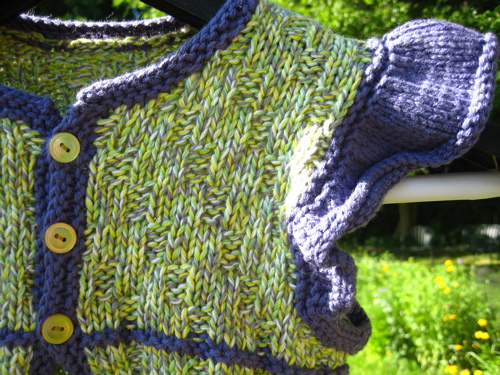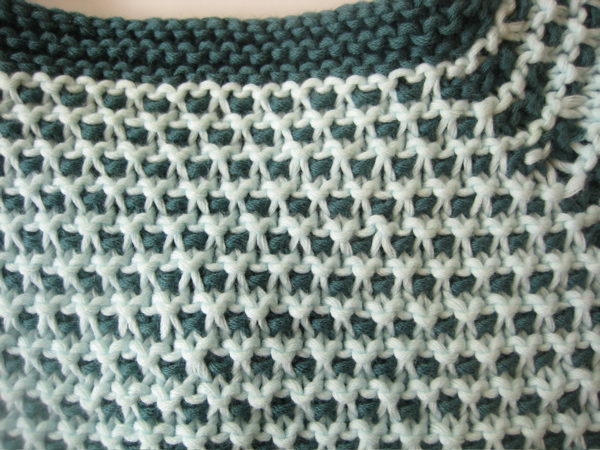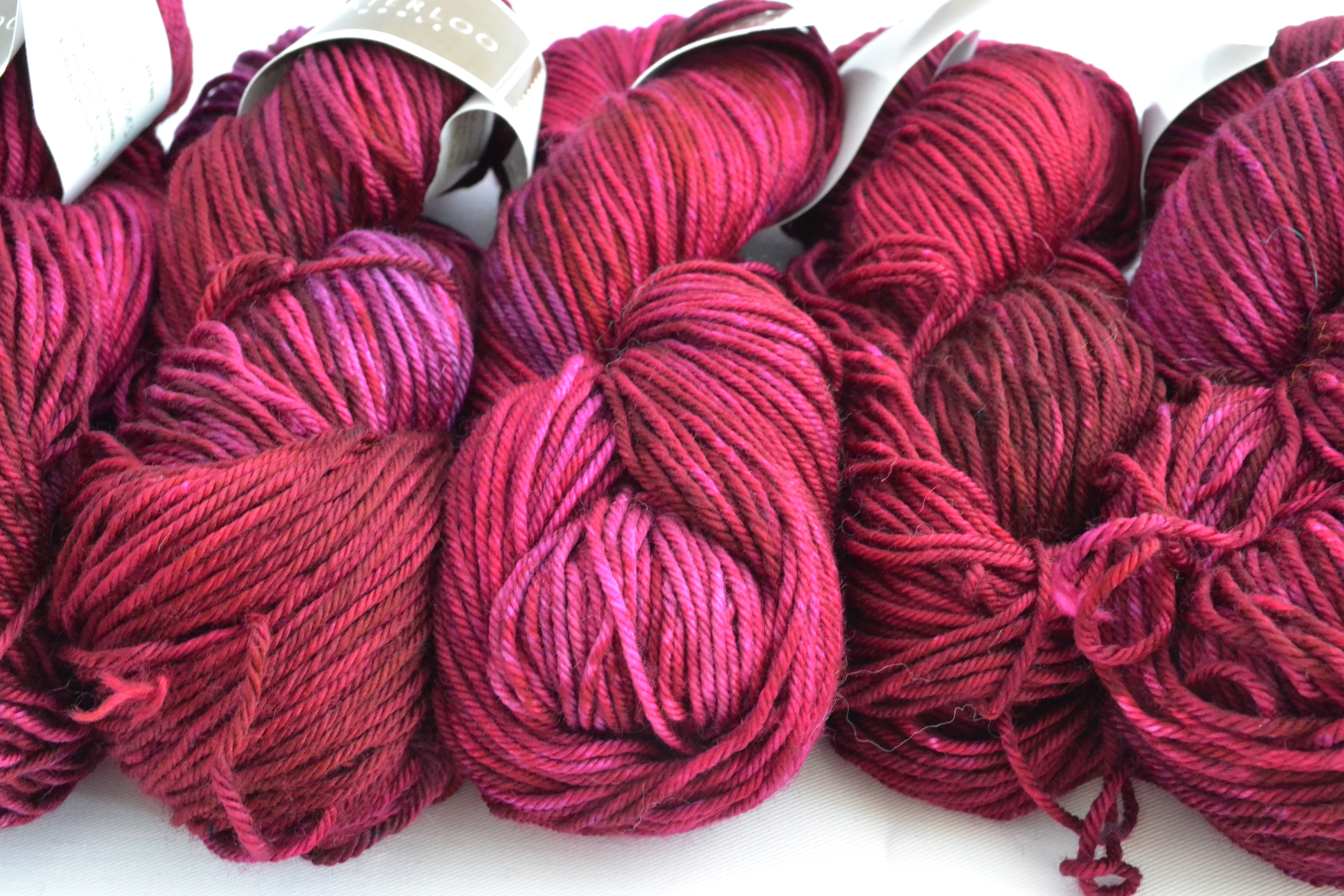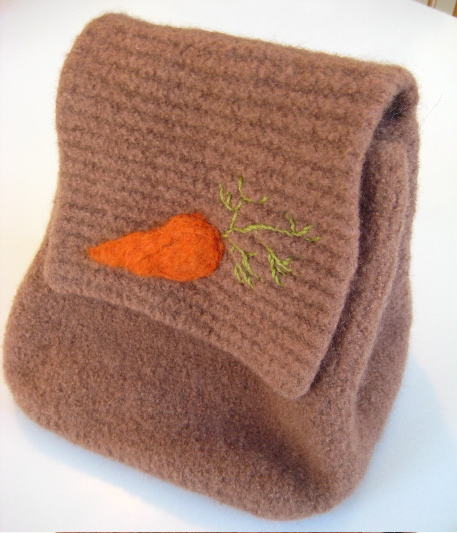 |
| Block Stitch / Blocks are 4 stitches wide by 4 stitches high |
Block Stitch is a great choice for a man's scarf, a men's or boys' pullover, or to add geometry and structure to a shawl, sweater or scarf for any gender. It also makes a great-looking bag!
Here's how to make it (directions are given for knitting flat, i.e. not in the round):
Multiple of 8 stitches / Worked over 8 rows.
R 1, 3 (RS): * K4, P4. Repeat from * to end.
R 2, 4 (WS): * P4, K4. Repeat from * to end.
R 5, 7 (RS): * P4, K4. Repeat from * to end.
R 6, 8 (WS): * K4, P4. Repeat from * to end.
The resulting fiber is a bit scrunchy (from the almost-ribbing), but just block it and press it, and it will flatten right out (unless you want the scrunchiness!).
There are endless ways to vary this simple combination of alternating knit and purl stitches. You can make the blocks wider (such as K5, P5 or K10, P10...). You can make them taller by working the pattern over a larger number of rows. You can alternate the stockinette stitch blocks with seed stitch blocks or garter stitch blocks. Check out a few of the variations below.
Variations:
Seed Block Stitch alternates stockinette stitch blocks with blocks of seed stitch. You could work blocks of any size, as long as they are at least 5 stitches wide. The pattern is shown here over blocks 5 stitches wide by 5 stitches high. Unfortunately this variation is not reversible, but it is really beautiful.
 |
| Seed Block Stitch / Blocks are 5 stitches wide by 5 stitches high |
R 1, 3 and 5 (WS): P5 *(K1, P1) twice, K1, P5. Repeat from * to end.
R 2 and 4 (RS): K5, * (K1, P1) twice, K6. Repeat from * to end.
R 6, 8 and 10 (WS): (P1, K1) twice, P1. *K5, (P1, K1) twice, P 1. Repeat from * to end.
R 7 and 9 (RS): (P1, K1) twice, P1. * P5, (P1, K1) twice, P 1. Repeat from * to end.
Broken Block is my favorite variation on the Block Stitch. It takes the flat checkerboard and makes a wavy rib that adds depth and motion. It can be blocked and pressed to remove the ribbiness. It can be worked with just about any size blocks you like - here it is over 6-stitch blocks.
Multiple of 6 stitches / Worked over 8 rows
R1 and R3: *(K4, P2), Rep from * to end.
R5 and R7: *(P2, K4), Rep from * to end.
All even rows: Knit the K's and Purl the P's.
 |
| Broken Block Stitch as featured in the Cowgirl Butterfly Astronaut Vest |
There are probably hundreds more variations on Block Stitch. Spend a little time fiddling around with your yarn, and you could probably invent some new ones! Have a great one to share? Please post in the comments section!
Want to learn more block stitches, not to mention thousands of other gorgeous stitch patterns? Find yourself a copy of Barbara Walker's A Treasury of Knitting Patterns (Schoolhouse Press, 1968). There are four volumes of these indispensable reference books. The Second Treasury is my absolute favorite, but I don't think I could be a knitter without any of them!
























